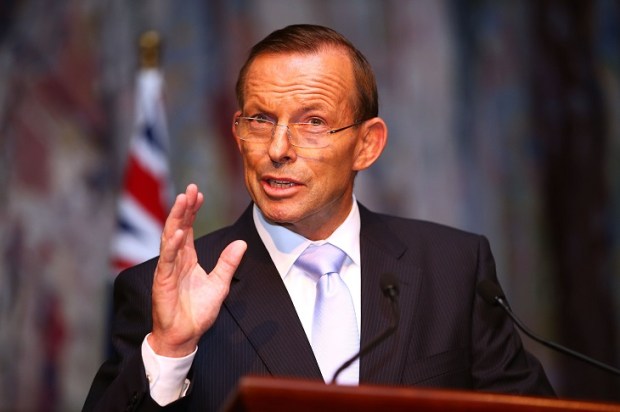With the Albanese government’s economic roundtable this week, there is now bipartisan agreement that over-regulation is holding back the Australian economy.
But every government this century has said red tape needs to be cut. Very few have succeeded.
This is not for lack of regulatory reform tools. The Albanese government has a wealth of options available to them.
They could impose one-in, two-out rules, where for every new regulation the government introduces, it has to repeal two. The first Trump Administration did this, as did David Cameron when he was British Prime Minister.
Or they could copy the Abbott government’s ‘red tape repeal days’, having a special day in Parliament focused on omnibus deregulation bills. They could mandate sunset clauses on new and old laws, forcing Parliament to reconsider laws they have implemented in the past.
The Prime Minister might even appoint a Minister for Deregulation – the Rudd government had one of those.
But we have nearly three decades of experience about what works and what doesn’t work to reduce red tape in the economy. And the results have always been a bit disappointing.
They tend to fail on two grounds: measurement and incentives.
Measurement is a huge problem for red tape reduction. When analysts first started trying to measure red tape, they did crude counts of how many pages of legislation were on the books. But if you want to be more precise than that, it gets very difficult.
For example, it is surprisingly difficult to decide exactly what counts as a regulation. Is a clause in legislation a ‘regulation’, or is the whole bill the regulation? This sounds nitpicky, sure. But it really matters when you’re trying to impose one-in, two-out rules.
We have worked with the Mercatus Centre in the United States on a technique that focuses not on pages but on the number of ‘restrictiveness clauses’ – words like ‘must’ and ‘shall’ that impose obligations on businesses and individuals. A similar approach was trialled for a short time by the Newman government in Queensland.
Not all red tape is the same. Some red tape is costly. Some is more harmless. Often bureaucrats and ministers act in bad faith, removing regulations that are obsolete in order to introduce ones that are extremely burdensome.
The Abbott government promised to reduce $1 billion worth of red tape per year. Using a technique pioneered by the Netherlands and Sweden, they surveyed businesses about how much time it took to comply with regulations.
Unfortunately, this sort of measurement is opaque and easy to manipulate. Did the economy feel freer after the Abbott-era deregulation?
And the problem with this approach is that it underestimates the costs of regulation – measuring how long it takes to fill out (for example) building permits, rather than the costs of the buildings that are never constructed because of government rules.
Ultimately, all of these approaches assume that politicians want to reduce red tape in the first place. Right now, the Albanese government does. But all reform takes time – especially regulatory reform, which requires a granular attention to detail as departments slowly sift through the stock of regulation to see which are causing the most harm.
Few politicians ran for Parliament because they were keen on auditing old law. They all want to pass new ones. And the demand for new regulations is constant. Whenever anything goes wrong there is a public drumbeat that ‘there oughtta be a law’.
This means that red tape reduction involves pushing against the most basic incentives of democratic politics. But it can be done. In 2001, the Canadian province of British Columbia adopted the regulatory restrictiveness clauses measurement, and set targets for every minister. Over the course of 15 years they reduced red tape by half and turned BC into one of Canada’s best performing economies.
What made BC so successful? First, they had an unambiguous objective: cut restrictive regulatory clauses. Second, the measurement meant that citizens could see whether the government was achieving this goal. Third, and most importantly, red tape reduction was driven from the top. Ministers were made to care about cutting rules because it was what their boss cared about.
Many governments declare their desire to cut red tape. But their commitment is shallow. BC’s success was only possible because of sustained effort over more than a decade.
If the productivity summit is going to have a legacy past its three days in Canberra, Anthony Albanese is going to need to reshape his government’s incentives to cut rather than grow red tape.
Darcy Allen and Chris Berg are economists at RMIT University

























